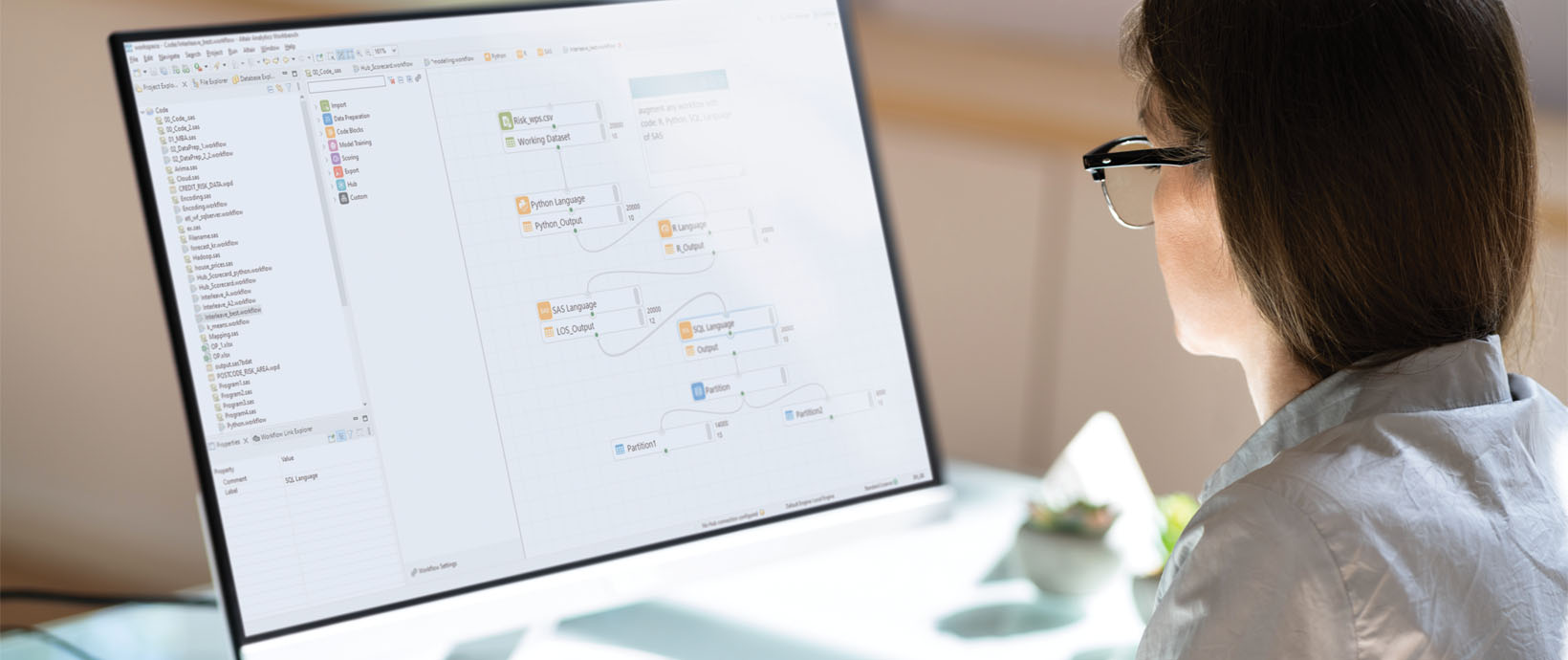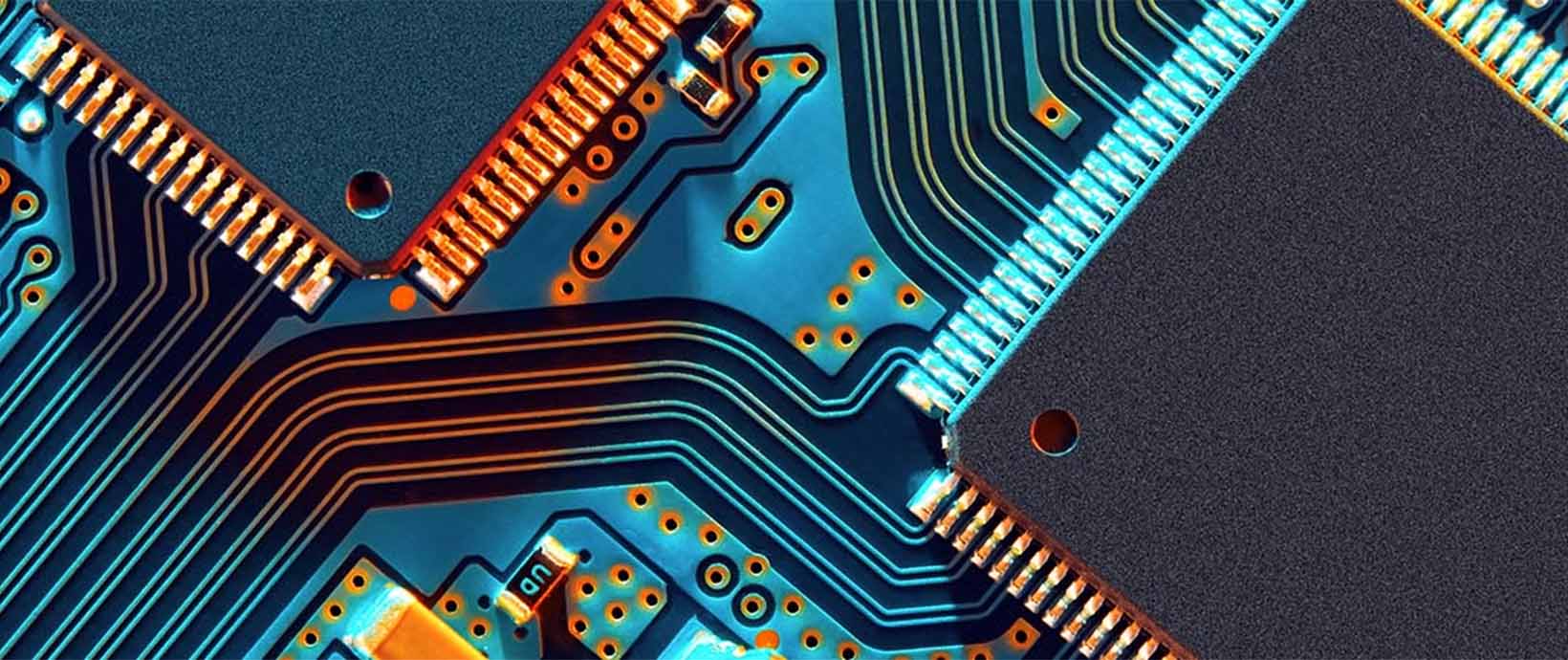Reassessing the Product Design Process for a Sustainable Future
According to the World Bank Group, the world generates 2.01 billion tons of solid waste annually, a number that’s expected to rise to 3.4 billion tons by 2050. Sadly, only 13.5% of global waste is recycled. As pressure grows for more sustainable practices, product designers and manufacturers must adjust their thinking to create a cleaner, greener future.
The classic model of product lifecycle management (PLM) favors a “cradle to grave” approach, which considers the product from conceptual development to its manufacture, in-service operation, maintenance, and finally, the end of its useful life. The lifecycle ends with the product’s disposal, which contributes to the planet’s waste management and pollution mitigation problems.
Rather than looking at a product’s life in a linear fashion, global sustainability efforts have manufacturers considering PLM as a circle, where the product’s materials can be recycled or repurposed at the end of their useful life to feed the product’s next iteration. It’s an attractive prospect, both for the environment and for businesses, who save material acquisition and development costs by giving old material new life.
But the circular sustainability approach does introduce new challenges for product designers. From the concept stage, engineers must now consider the ramifications of design decisions across the product’s initial life and how material and manufacturing choices will influence their ability to harvest and reuse material for future use.
The goal of circularity is to use a product, its materials, and its components at their highest value for as long as possible – essentially, the goal is to give materials a second life. To accomplish this, manufacturers create regenerative closed-loop systems that minimize resource input and waste creation.
We often think of recycling as an example of circular design, but as has become clear, recycling alone won’t solve our greater environmental sustainability issues. Circularity goes beyond recycling, incorporating other models like re-using, re-manufacturing, and refurbishing. For instance, major retailer Target has committed to designing all its products for circularity by 2040. For Target, this doesn’t necessarily mean “circularity” in the most rigorous sense – where every product has a second life as a new product you can buy. Their goal is about creating products that are more durable, easily repaired, or recyclable, and using materials that are regenerative, recycled, or sourced sustainably.
For this reason, manufacturers across all industries are considering the materials they use in products and how they’re manufactured and assembled to allow greater product circularity. For example, automotive OEMs have begun using environmentally friendly adhesives to allow plastics, aluminum, and thin gauge steels to be joined where traditional welding is impossible. These adhesives are biodegradable and they make it easier to disassemble vehicles so their component parts can be recycled.
Harnessing Material Insights to Drive Circular Design
Traditional recycling processes, i.e., aluminum cans recycled to become new cans, have diminishing returns as the material wears and becomes less functional over multiple lifecycles. Circularity also considers how the product is manufactured, the business model in which the product is being built, and the infrastructure that supports the product’s lifecycle to explore new, innovative ways to incorporate material and maximize its utility. For instance, Netherlands-based company PlasticRoad recycles plastic waste to build modular road building blocks. This example of upcycling benefits the manufacturer thanks to the abundant, low-cost raw materials, but it also benefits society at large since it creates durable road surfaces that are easier to maintain than traditional concrete or asphalt roads. With careful consideration of the design’s circular economy, implementing repurposed materials can actually improve the quality of products in their second lives.
Circularity starts with design, but often, designers don’t have enough information about what materials can and can’t be recycled or repurposed. Consistent, comprehensive material information and a shared database infrastructure accelerates and improves collaboration with internal and external stakeholders. Altair® Material Data Center™ allows product managers, designers, engineers, and scientists to identify and compare materials in their web browser or through the interfaces of their simulation and optimization tools. Equipped with high-quality, readily accessible, and sharable material data across the entire enterprise, designers and engineers can plan, design, and validate product performance utilizing sustainable materials. Additionally, Altair’s artificial intelligence (AI) and machine learning (ML) software helps materials scientists understand how to best fill gaps in their material databases, even when it’s impossible to test all possible variants. These advanced tools also optimize testing programs, improve efficiency, and reduce the time required to complete materials testing. You can learn more about AI-supported material test automation here.
Reducing Beats Recycling
Renowned global architectural, urban planning, and engineering firm Skidmore, Owings & Merrill (SOM) utilized Altair’s simulation tools to achieve its sustainability goals in building design. Designing the new United States Courthouse in Downtown Los Angeles, it utilized Altair optimization tools, which considered their building material properties and loading constraints to minimize material usage and reduce cost and environmental impact. These optimized structural designs were validated virtually to ensure they complied with building regulations and were structurally sound, without compromising the designer’s artistic vision. Read their customer story.




